Flow States
When Wheel left his jeans to soak in the bathroom sink one morning, he didn’t notice that the tap wasn’t quite turned off. He went out for the day and while he was gone, a clear, almost invisible, wire-thin needle of liquid continued to flow. It would have looked static, like an icicle, far from voluminous. But it was insistent, continuous. In his absence the trickle turned into a flood. It overflowed the sink and then the bathroom of the third-floor apartment. It crept silently down the hall into the bedroom and the built-in cupboards, blooming inside document boxes in search of absorbent substances. It was drawn through the diaries and notebooks where I, his partner of many years, had documented my adult life. The water seemed to soak my belongings specifically, as if it was coming for me, trying to wash me away. It left tea-coloured tide marks on my charcoal drawings and filled my shoes with puddles in the bottom of the wardrobe.
As any plumber, doctor, or government knows, a small leak is never insignificant. A dripping hose can fill a swimming pool, a burst artery can drain your life away, a wily hacker can flood the porous, stateless internet with classified information and change the course of history.
The smell of old socks and wet dog made itself apparent within a day and we had to pull up the carpet before the mould and mildew set in. In the same way that foundations turn to mud and subside when waterlogged, everything else solid began to crumble. The old built-in wardrobe had to go. We had to repaint, so the blinds came down. Recent homeowners with a mortgage after decades of renting, we had no insurance. Soon we were living in a shell with our boxed-up belongings. We slept on a mattress in the lounge room, an island where we lay in the dark under the bare windows and looked at the sky, as if we were camping. I even saw a long-tailed and fiery meteor tear through the atmosphere.
The place we had lived in before had old vinyl drawstring blinds covering the windows; the owner had forbidden us to remove them. One Sunday morning as we lay in bed, the blinds still drawn against the daylight, I caught a ghostly reflection sweeping across the room – a tiny upside-down car was driving across the wall, growing from small and sharp to large and blurry again. I watched car after car, thinking I was hallucinating or still dreaming, until I worked out that a tiny tear in the blind had turned the whole bedroom into a pinhole camera.
~
‘Wheel told me about the flood,’ said a neighbour. ‘He said you took it well.’
I hadn’t taken it well. I was furious, and later felt guilty about it. I shouted, I shamed – angry-cleaning and laying out every towel to soak up the swamp, squeezing them out and cycling them through the dryer which ran for hours, making the air damp and musty. I piled things on the bed passive-aggressively while Wheel rolled his eyes and walked away. This is how we are different. He stays calm while I catastrophise. I grew up in the inner city. Only child, single mother. I wore a key around my neck to let myself in after school. I was alert to danger from a young age – but it was danger that came in the form of other people rather than from the natural world.
Wheel grew up on a bend of the Murrumbidgee in a modest house on a plot of land big enough for a small farm and a couple of sheds. Cattle grazed on the Crown-land paddock that separated their place from the river. The youngest of nine, he was still a toddler when the eldest was leaving home. There are hardly any gaps between one generation and the next in his family. It’s a waterwheel, continuously dipping into the gene pool to paddle through another child.
His dad would sometimes get him up in the dark on cold winter mornings to launch a home-made wooden dinghy on the river and lay craypots. Murray Crayfish are striking, alien-looking creatures with giant bone-white claws and knobbly bluish-green bodies like daleks. They are listed as a threatened species now, and strict rules govern a brief fishing season along a short stretch of the Murrumbidgee from Ganmain to Gundagai. In the 2022 floods, hundreds rose up out of the Murray River downstream to escape the blackwater – water heavy with sediment and debris that had become deoxygenated and would have suffocated them. The department of fisheries rescued some and held them until the water cleared and they could be returned to the river.
Murrumbidgee is a Wiradjuri word that means ‘big water’ or ‘plenty water’, but only the biggest floods seem to make the news. It creates the impression that a flood is a rare and isolated event, but records show that they happen often and tend to occur in clusters. The flood of 1974, one of the biggest in recent history is recalled as a singular event, but records show that the river broke its banks five times that year.
In Wagga one summer, between Christmas and New Year, I took a screenshot of the weather app on my phone – I wanted proof that it could still be 40 degrees Celsius at 8 pm. When it’s that hot, it’s tempting to swim in the river. I imagine Wheel’s mother anxiously trying to keep watch over so many kids, so close to its banks.
In the main street of Gundagai, there is a belated memorial to Yarri and Jacky Jacky, the two men who saved dozens of people with just a rowboat and a bark canoe when the river rose swiftly in the middle of the night in 1852. Eighty-nine people drowned – settlers who had been warned by the local Wiradjuri people not to build on the flood plain. The water rose even higher the following year, but everything had already been lost. The town was rebuilt up the hill on higher ground.
We sometimes stop at Gundagai for a toasted sandwich or milkshake at the Niagara Café. It’s been renovated now, but the backlit painted façade used to feature Niagara Falls, frozen in its continuous cascade where Lake Eerie flows into Lake Ontario. I was born downstream, in Toronto, and the coincidence was not lost on me when we pulled up outside – how I came to be here, looking at a kind of mystical postcard from there.
Continue reading for only $10 per month. Subscribe and gain full access to Australian Book Review. Already a subscriber? Sign in. If you need assistance, feel free to contact us.



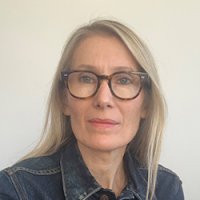
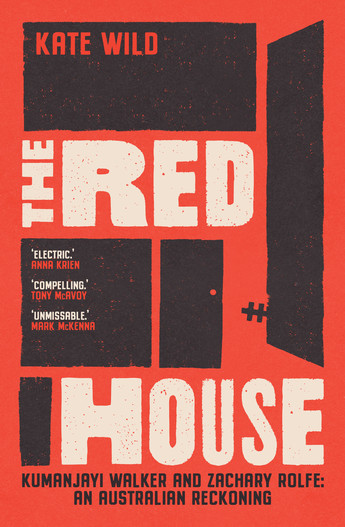
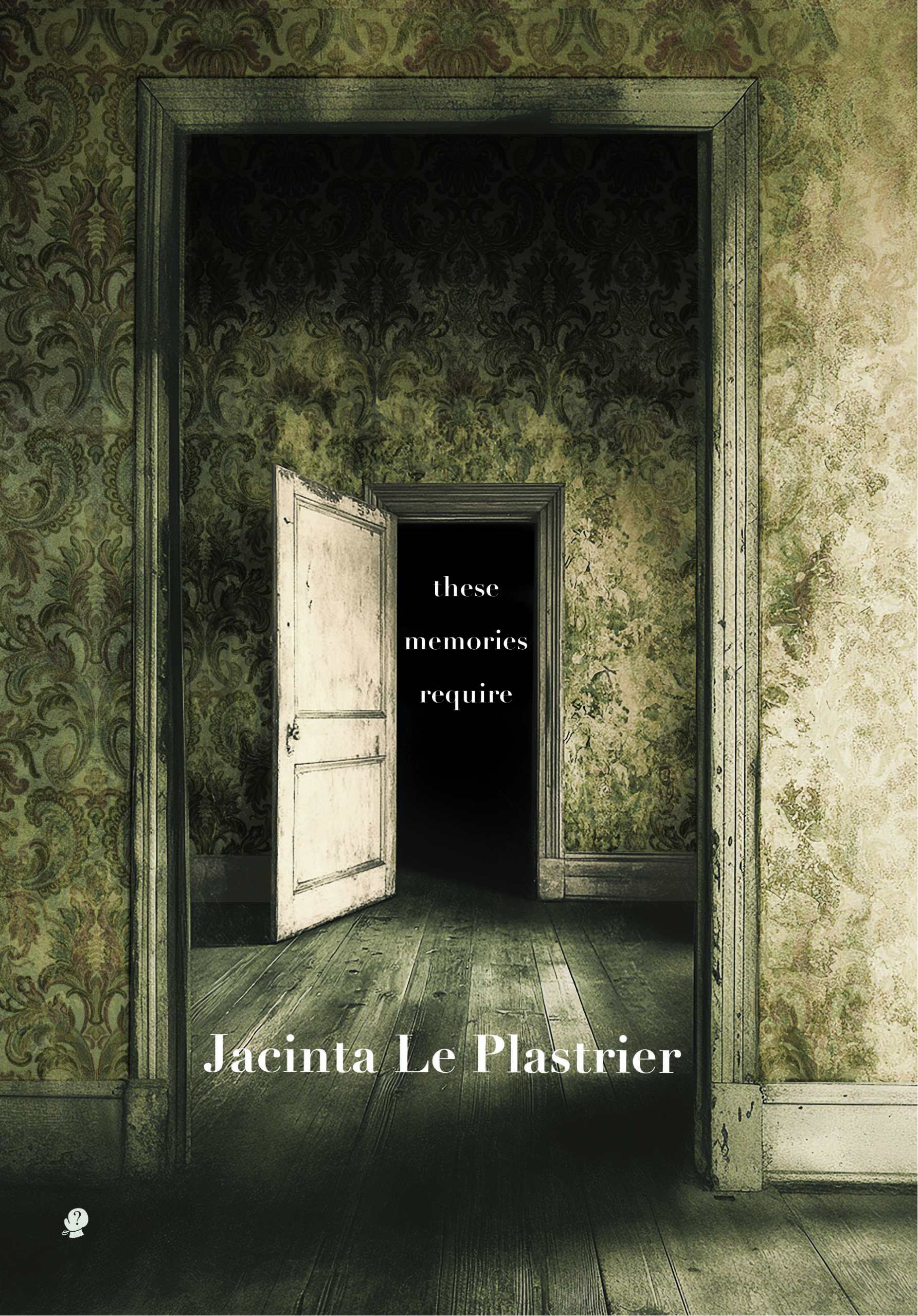
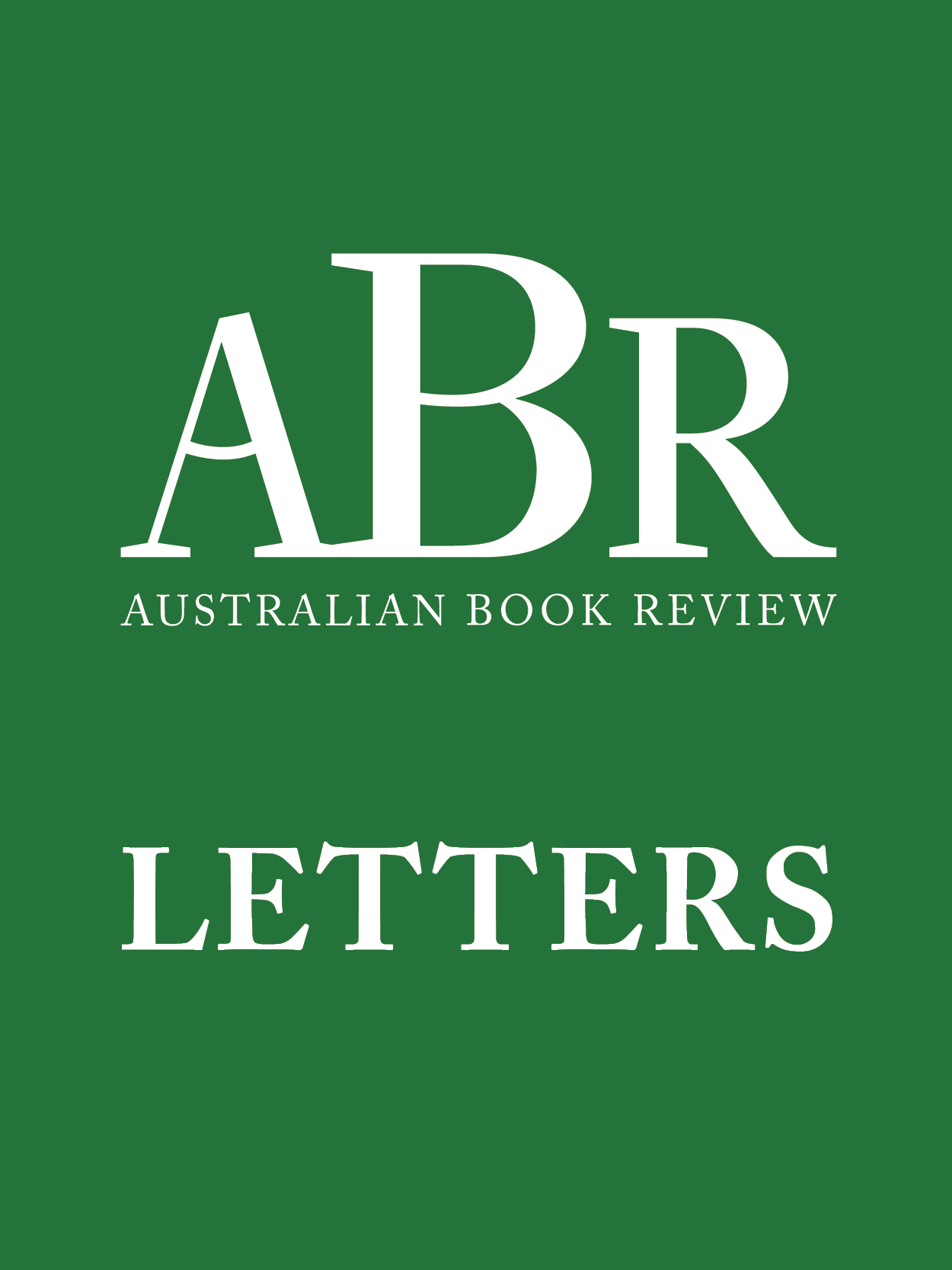
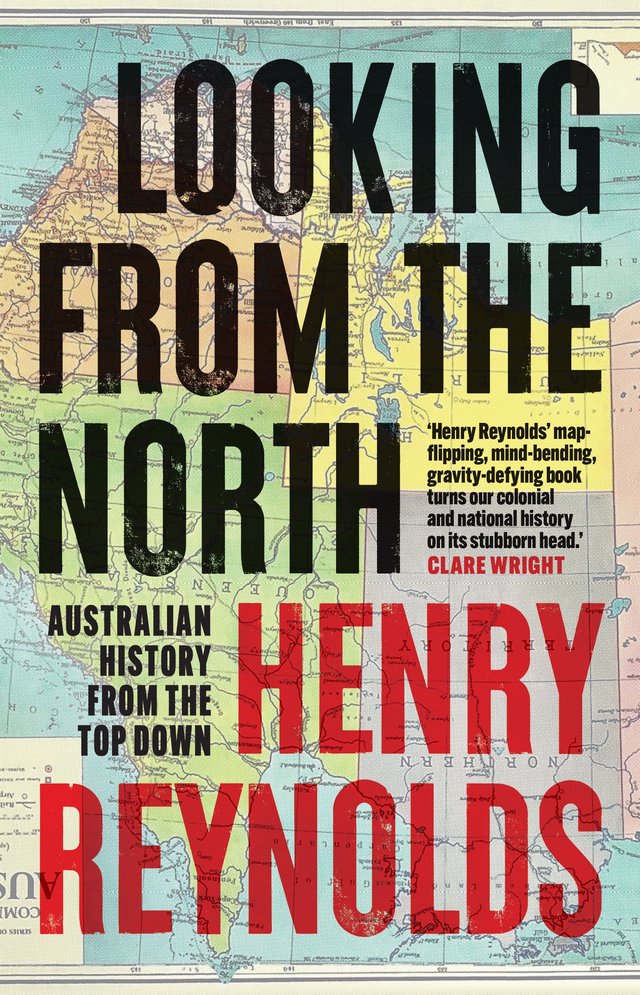
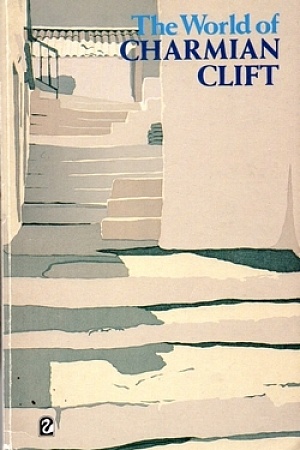

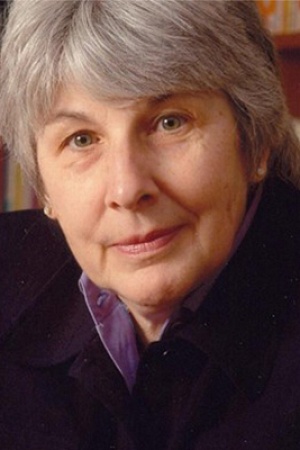
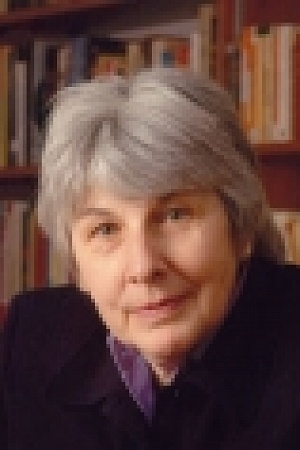
Leave a comment
If you are an ABR subscriber, you will need to sign in to post a comment.
If you have forgotten your sign in details, or if you receive an error message when trying to submit your comment, please email your comment (and the name of the article to which it relates) to ABR Comments. We will review your comment and, subject to approval, we will post it under your name.
Please note that all comments must be approved by ABR and comply with our Terms & Conditions.